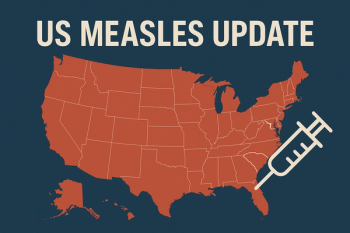
Antimicrobial Resistance in Pets: Are We Ignoring a Looming Threat?
From pets at home to SeaWorld's main attraction, the threat of antimicrobial resistance in domesticated animals is flying under the radar amid concerns for livestock and human resistance.
A recent outbreak of leptospirosis in dogs in Phoenix, Arizona got me thinking about the role veterinarians play in public health. Over fifty dogs in the area have been afflicted with the bacteria and public health officials are encouraging people to avoid dog parks. Leptospirosis can also infect humans though, and this fact can easily be lost in the shuffle of trying to keep your pup safe.
Late last year we lost one of our dogs to a drug-resistant pneumonia, which frankly is not something I thought would happen in a dog. As an infection preventionist, multi-drug resistant organisms (MDRO’s) are the norm and a daily struggle. During our time in the veterinary intensive care unit, I found out that not only do veterinarians have a fewer range of antibiotics to use to treat infections, but it occurred to me that the discussion of MDRO’s and animals tends to focus on livestock and not so much on domesticated animals.
This is with good reason, of course, given a
Aside from the work that is being done to cut down on antibiotic usage in livestock, the lingering question about domestic pets and antimicrobial resistance (AMR) kept gnawing at me.
In early January, this question became stronger when it was announced that SeaWorld’s infamous orca, Tilikum—made famous in the documentary, Blackfish—had died after battling “
In epidemiology and infectious disease work, we see wild animals such as bats and non-human primates as sources of emerging infectious diseases due to spillover. And yet, I wonder, are we ignoring a slowly growing public health issue in our very own homes? Veterinarians are truly a
There is a growing trend of AMR in animals and although many note that the risk for transmission to humans is limited, the truth is that while we might think antibiotic resistance doesn’t get much attention, drug-resistance in pets is getting even less. The Journal of the American Veterinary Medical Association
MDRO’s such as MRSA are transmitted from humans; however, the overuse of antibiotics in veterinary medicine is aiding the evolution of resistant germs. To combat this, researchers such as Jeff Bender, DVM, professor at the College of Veterinary Medicine at the University of Minnesota, are working to provide guidance on antimicrobial stewardship programs in companion animal practices and veterinary settings. Dr. Bender, and others, have pointed to the absence of companion animals in the National Antimicrobial Resistance Monitoring System (NARMS).
Ironically, at a recent veterinary appointment, I asked our primary vet if there was a way to get ahold of antibiograms or data on drug resistance. He laughed and said that there was no system in place for such issues and people do not seem that interested. In fact, veterinarians are commonly told to contact the pharmaceutical company who manufactured the drug if there are “problems.”
Overall, as an infectious disease epidemiologist, infection preventionist, and lover of dogs, I worry that our current efforts to combat antimicrobial resistance are overlooking this obvious source for transmission and sentinel events.
Newsletter
Stay ahead of emerging infectious disease threats with expert insights and breaking research. Subscribe now to get updates delivered straight to your inbox.



















































































































































































































































































